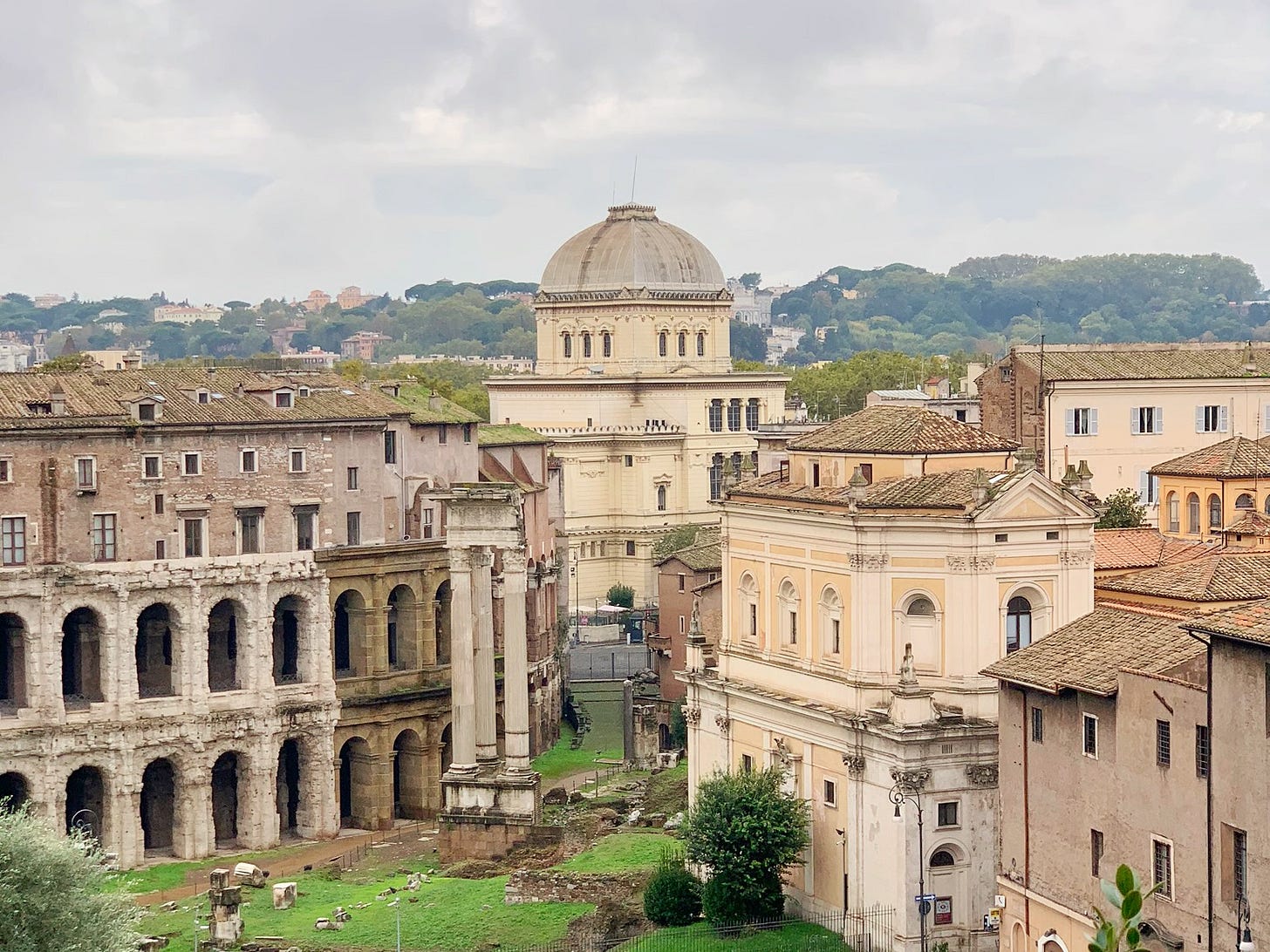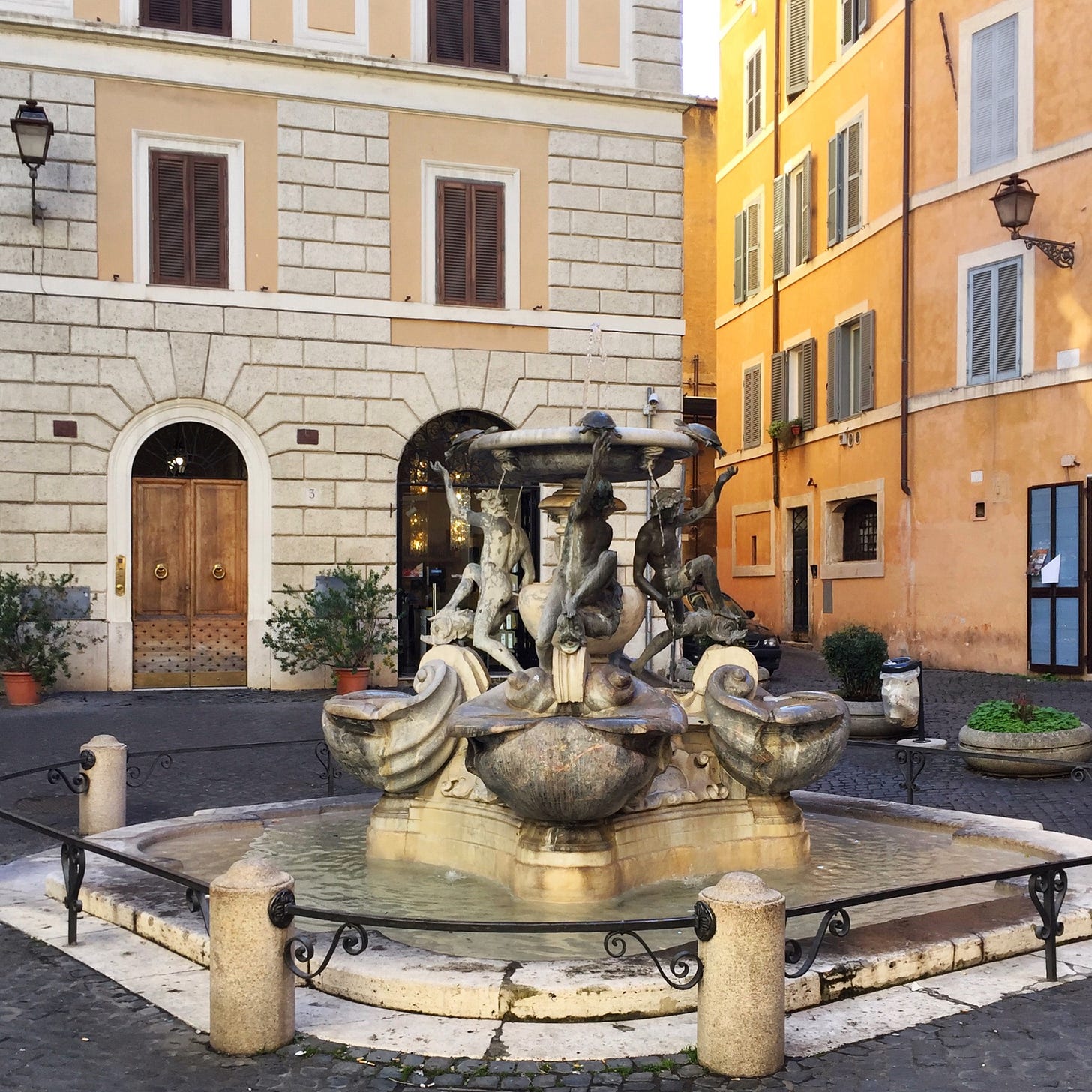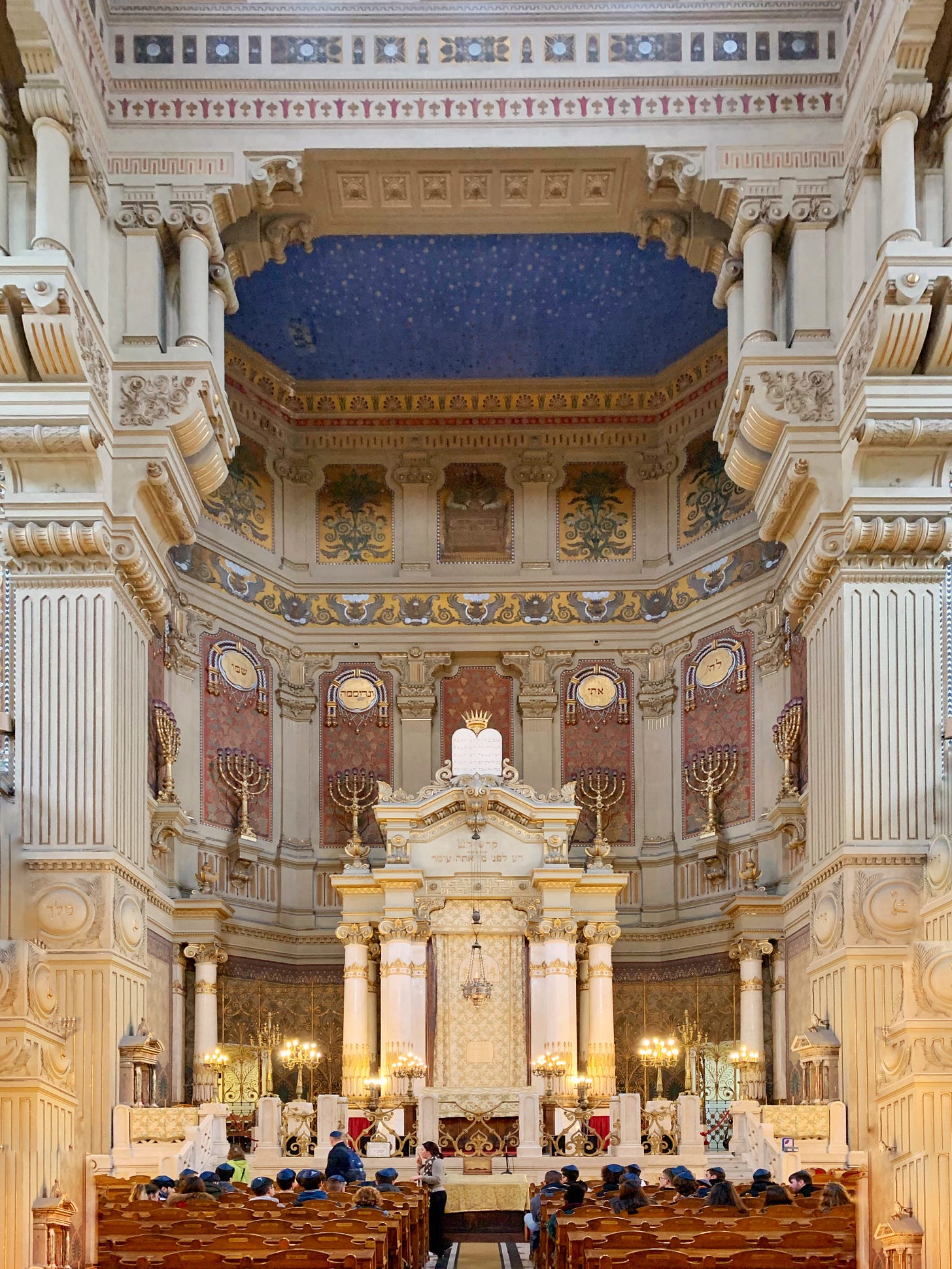I was going to write about something completely different this week, but the distressing news coming from Israel is making everything else seem trivial right now. I don’t feel capable of addressing the current violence head on, but seeing people posting about it on social media led me to discover that next Monday, October 16, the city of Rome will commemorate the 80th anniversary of the day that the Gestapo raided the Jewish Ghetto.
“I am reliving the nightmare of 80 years ago, those scenes bring back memories of the rounding up of the Rome Ghetto, I was 12 years old but I will never forget,” Emanuele Di Porto, one of the few remaining survivors, told the Italian news agency ANSA, referring to the scenes of war in Israel since Hamas’ attack on Saturday.
October 16, 1943 was a Saturday too and it was Sukkot, the Jewish holiday that celebrates the harvest and commemorates the temporary dwellings that sheltered the Jews during the exodus from Egypt. That day, 365 German SS officers descended on Rome’s Jewish Ghetto at dawn, sealing it off. They pounded on doors and captured 1,259 men, women, and children, 1,023 of whom were identified as Jews and sent to the Auschwitz concentration camp. Only 16 of them ever returned.
Di Porto was one of the few that managed to escape the raid. His father was a peddler selling postcards at Termini Station and had already gone to the station the morning of October 16. His mother rushed there to warn him not to return to the Ghetto, but when she went back to get Emanuele and his brothers and sisters, she was captured and tossed on a truck. When Emanuele ran after her, she managed to convince the Germans that he wasn’t Jewish and she didn’t know him. He then boarded a tram and was protected by the ticket collector until he reconnected with his father, brothers and sisters two days later.
According to an article originally published in the journal Italia, republished by the Primo Levi Center, “For centuries the Jews of Rome had been allowed to live in the Papal States; they were always tolerated even though they occasionally suffered from oppressive measures.”
Indeed, as I learned during a visit to the Jewish Museum of Rome, Jews have been living in Rome for more than 2,000 years. Rome’s Jewish Ghetto was created in 1555 in the area where it still stands today. Back then, though, the gates were closed everyday an hour or two after sunset and reopened every morning at dawn.
There were restrictions on the lives of the Jews of Rome, including what professions they could and couldn’t hold. When Italy became a unified country in 1870, the restrictions were finally abolished. The Jews of Rome rejoiced and many of them fought alongside their Italian compatriots during the First World War.
During the 1930s, though, the situation deteriorated for Jews across Europe and in 1938, Mussolini’s government instituted racial laws dismissing Jews from their posts in the Italian army, barring them from entering ministries, prohibiting them from teaching or studying in public schools, and forcing them out of positions in public administration and professional life.
Following the Nazi occupation of northern and central Italy in September 1943, Italy’s Jews were stripped of their citizenship. Pope Pius XII essentially made a deal with the Nazis that would protect the Vatican in exchange for handing over Rome’s Jews.
In September 1943, a few weeks before the raid on the Jewish Ghetto, Herbert Kappler, SS Lieutenant Colonel Commander of the Gestapo in Rome, informed the president of Rome’s Jewish community and the president of Italy’s Jewish community that he wasn’t interested in taking Jewish lives, but only their gold, and gave them an ultimatum: deliver 50 kilos of gold to his office within 36 hours or he would start the process of deporting the city’s Jews.
Rome’s Jewish community and even some Catholics immediately began bringing all the gold jewelry, coins, and watches they could spare to the city’s synagogues. They managed to collect 80 kilos of gold and delivered 50 kilos to Kappler’s office, hiding the other 30 kilos, which were later used to help finance the birth of the state of Israel. Despite their collective action, Kappler ordered the raid on the Ghetto, which took place on October 16 anyway.
If you’re in Rome this month, a number of events are being organized to commemorate the 80th anniversary of that fateful day, including a ceremony at the Portico d’Ottavia, a march led by Mayor Roberto Gualtieri, theatrical presentations, seminars, and a special exhibition aboard bus line 23 called 16 ottobre 1943: Storia del bambino e del tram, which commemorates Di Porto’s story of survival aboard a tram.
Further Reading
You can find details about all the events happening in Rome this month here (in Italian).
Read more about Emanuele Di Port’s moving story in an interview with him published by the blog of the Jewish community of Rome, Shalom.it.
The article I referenced above, republished by the Primo Levi Center, has more information about Pope Pius XII and his role in the tragedy of October 16.
For a guide to what to see and do in the Jewish Ghetto, check out Walks of Italy’s blog.









Such an appropriate story during this tragic moment. Thanks for sharing it!